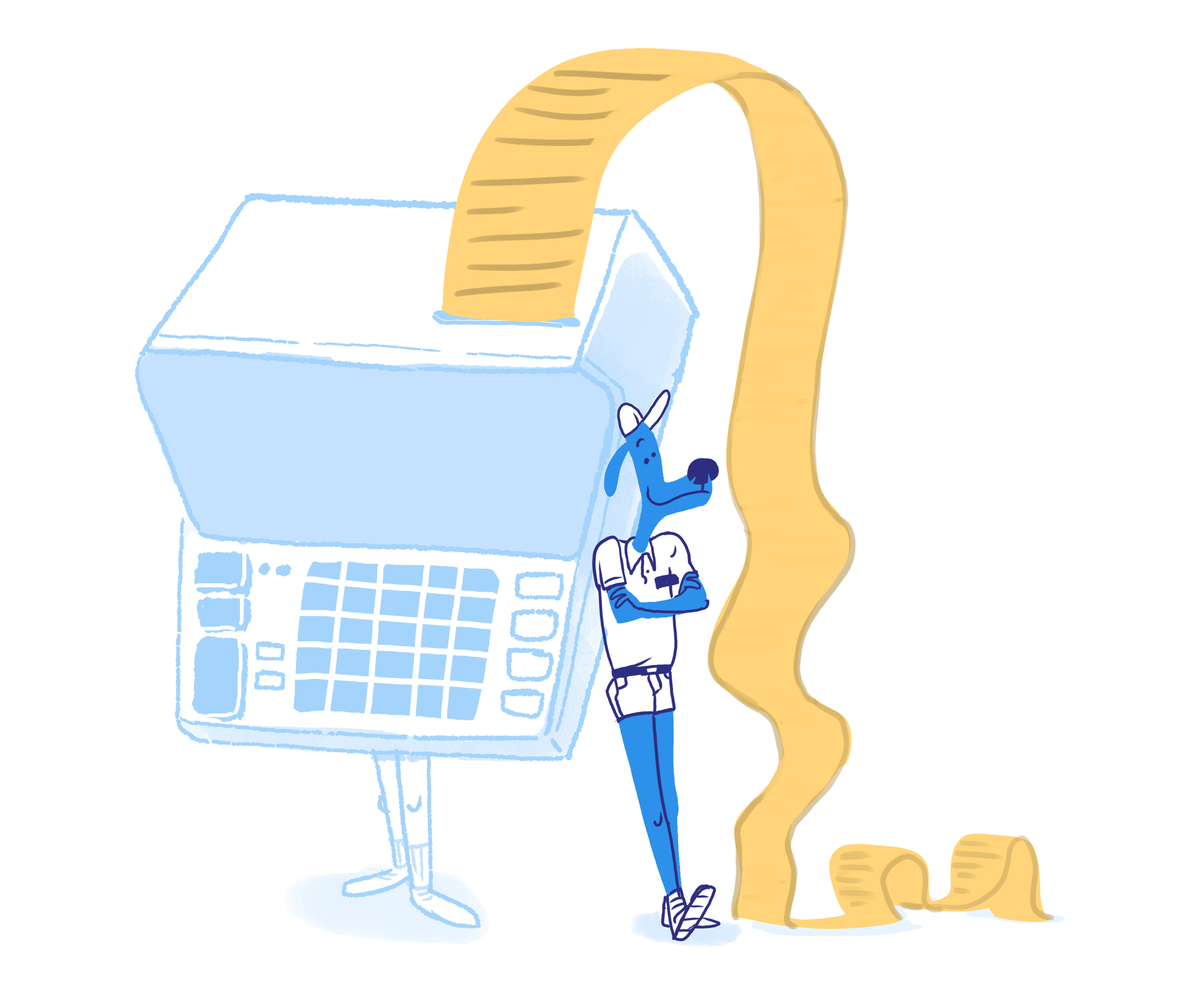When you’re freelancing or running a microbusiness, it’s tempting to view every paid invoice as your paycheck. But having a thoughtful, detailed budget gives you opportunities for growth; without one, you could be hit with huge financial issues down the road. Start by creating separate categories for every expense: your salary, business savings, software, marketing, utilities, labor, production materials, equipment, office supplies, and so on. Under each of these categories, write out line items; for example, marketing might contain a line for Facebook Ads and another for MailChimp. This more detailed method gives you a solid understanding of what you have coming in and what you have going out so that you can maximize the money you’re spending to get the best results.
No two people, nor two businesses, will ever have the same exact budgeting practices, but these 4 tips will help you avoid the most common pitfalls.
Talk to a tax specialist
Running your own business makes tracking and paying taxes infinitely more complicated than if you were just a standard W-2 employee. You’ll have to pay self-employment tax, may be required to make quarterly tax payments, and you could miss out on an opportunity to deduct a lot of your business expenses if you try to figure everything out on your own.
Bite the bullet and set up a meeting with a tax specialist to go over everything. Once you have a better idea as to what to expect, determine how much you need to save every month to meet your tax obligation, add it as a line item under the savings category of your budget, and set up a separate account for the funds so you aren’t scrambling to pay the bill come April.
Always overestimate your expenses
Adding a contingency percentage to each portion of your budget helps protect you when a project takes longer than expected, costs more than anticipated, or you need a bit of wiggle room when it comes to your administrative expenses. Budget everything for at least 10% more than your estimate, and then roll any extra funds into the next month or siphon it off into savings (or a mix of both).
Be realistic about your monthly revenue
As a business owner, there are going to be slow periods, heavy periods, clients who pay a day or two after the project is complete, and others who operate on a net 30 or net 60 payment cycle. Track your cash flow and pinpoint patterns so you can better estimate how much money you’ll actually have coming in every month, rather than just basing your monthly income on your yearly revenue divided by 12. If your business does 50,000 in revenue every year, but $30,000 of that comes in over a 3 month period, you could run into issues over the other 9 months when your cash flow becomes more of a trickle. By recognizing this in advance, you’ll know to stash money away during your busy season so the slow ones aren’t so painful.
Deposit a set percentage of each check directly into savings
In addition to the savings account you set up for taxes, you need to have a separate savings account set up so you can expand your business, pay for costlier equipment and supplies, or to tide you over should a slow month drag on longer than expected. The more you can save, the better, but there’s no set percentage here – figure out how much revenue you have left after all expenses (including your salary), and determine a percentage to save that works for your cash flow and budget. Then, stick with it.
Budgeting properly, realistically, and strategically takes time – both when you first set your budget up, and as you manage it. No business budget is ever static, and in order to stay on top of your financials and ensure you’re growing toward your goals, revisit your budget frequently to make sure it’s still working for you.




